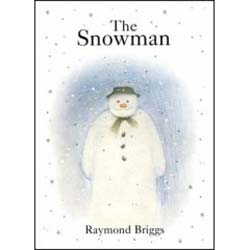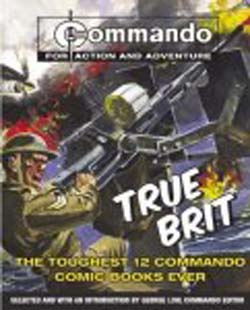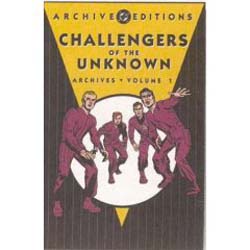
By Alan Moore, Gene Ha & Zander Cannon (America’s Best Comics)
ISBN 1-84576-1491-6
Alan Moore blends super-team comics with the modern fascination with Police procedural dramas in this series based on the premise of everyday life in a universe where Super-Nature is accepted and common place. Neopolis is a city entirely populated by super-beings. Heroes, villains, gods, robots and monsters, the city is a vast dumping ground for copyright confounding analogues of everything that ever appeared in a comicbook since the genre and industry began.
Such a city needs really special policing and the beat cops are based at Precinct Ten – or Top 10 to you and me. In the mid 1980s this city joined a pan-dimensional league of worlds and came under the jurisdiction of the security organisation based on “Grand Centralâ€. This small fact will play a large part in the overarching storyline, but the nature of this fascinating team-book is to build a longer narrative by seeming disconnected snippets and increments of daily drudgery.
Robyn Slinger is the new rookie at Top 10 and we start on her first day as a “real Policeâ€. Her dad was a respected officer, but her own talent – controlling tiny robotic toys – doesn’t instil her with any great confidence as she is gently ushered into the routine by the affable desk-sergeant Kemlo Caesar, who is a talking dog. Adapting to the banter, routine and teasing of her brother officers is daunting, but not as much as being partnered with the surly, invulnerable blue giant Smax.
In short order, whilst going about their regular duties, which include sorting out super-powered “domestics†(no, not housekeepers – spousal confrontations), crowd control at robotic murder scenes, rousting hookers and generally keeping the peace, they become embroiled in an ongoing serial killer case and a drug investigation that will eventually reach to the highest levels of their own organisation.
By adopting the “day-in-the-life†approach, Moore and the astounding Gene Ha cover a lot of character ground and fill in back-story history whilst showing us “The Jobâ€. As the method is used so effectively in TV Cop shows, readers not only get the same benefits of tone, texture and information value, but the added bonus of making the super-heroic elements more “real†and authentic seeming: A huge advantage when your protagonists deal every day with the most outlandish concepts comics have devised in the last seventy years.
For example: When a reptilian gang-member is arrested his dad wants to bust him out, and even the cops have to think twice when the 300 foot tall drunken lizard comes calling… Or how do you bust up a rave-party when all the revellers are dancing so fast they can’t be seen? Perhaps your apartment has been invaded by hyper-intelligent Ultra-Mice?
The serial killer case breaks towards the end of this first volume, revealing an alien monster whose real identity will bring nothing but trouble for the cops in the next book, and the fun concludes with a superbly sardonic tale of a murder in a bar frequented by the gods of Asgard…
A blend of low-key action and horror coupled with dark, ironic and occasionally surreal humour, drawn in the super-realistic style of Gene Ha, leavened by the solid inks of Zander Cannon, this is a gem of a collection (reprinting issues #1-7 of the monthly comic book).
© 2005 America’s Best Comics LLC. All Rights Reserved.









